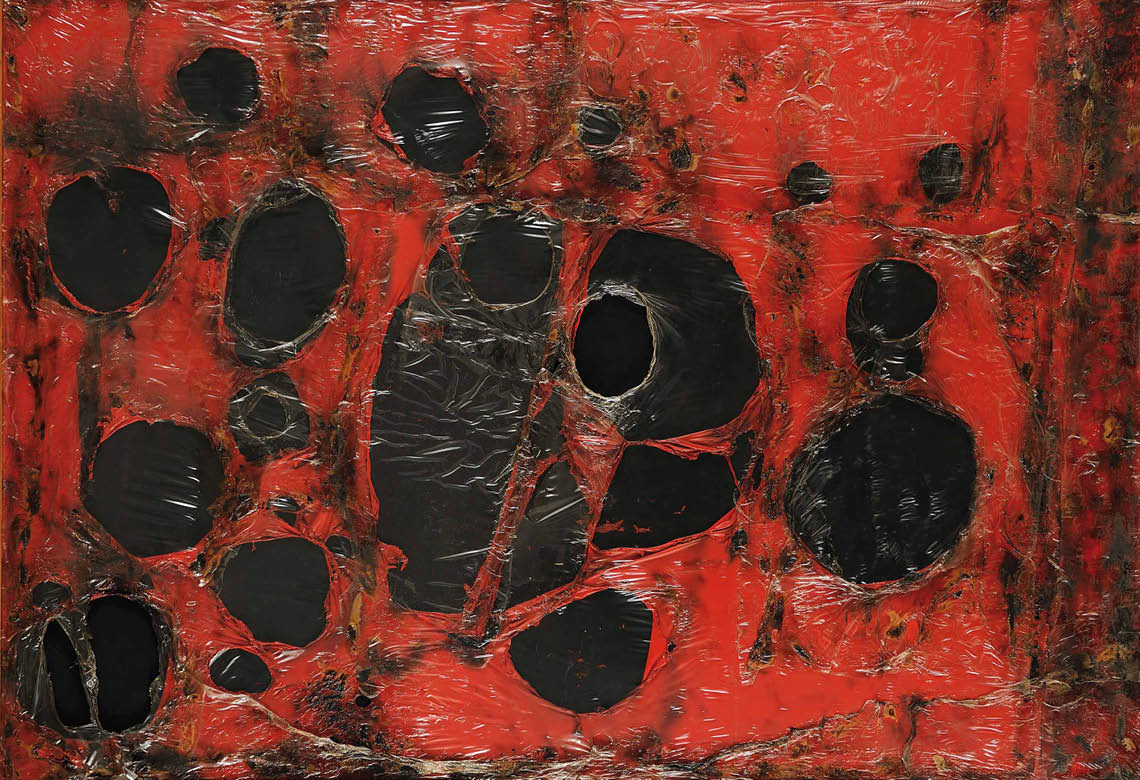
Wikimedia Commons has media related to Category:Vallum (Hadrian's Wall).Vallum of Hadrian's Wall, near Milecastle 42 (Cawfields) "The System of Obstacles on Hadrian’s Wall: Their Extent, Date and Purpose". "Causeways, at Milecastles Across the Ditch of Hadrian’s Wall". Hadrian’s Wall: Archaeological Research by English Heritage, 1976–2000, ed. "Four Investigations of the Linear Elements of Hadrian’s Frontier Works, 1980–2000". "First Report of the Committee Appointed to make Excavations per Lineam Valli". ↑ Society of Antiquaries of Newcastle upon Tyne (1894).Dobson, eds., Britain and Rome: Essays Presented to Eric Birley. "The Vallum-Its Problems Restated", in M. The History of the Roman Wall, Which Crosses the Island of Britain. Some have suggested that this coincided with the building of the Antonine Wall in Scotland and the partial abandonment of Hadrian's Wall.

Archaeologists and historians have deduced that either the vallum was then deemed unnecessary, or that it was proving to be a hindrance to military and authorised civilian traffic.

Sometime in the 2nd century AD, the Vallum was "slighted"-that is, the ramparts were broken through and the ditch filled in at fairly regular intervals along its length. The zone would have been "out-of-bounds" to civilians and those with no valid reason to be there. Īlthough there is no definitive historical evidence as to why the Roman army built this unusual barrier, modern archaeological opinion is that the Vallum established the southern boundary of a military zone bounded on the north by the wall itself. Causeways have also been detected to the south of several milecastles. There would have been a crossing-point like a causeway or bridge to the south of each wall-fort-several such causeways are known, such as the one at Condercum in Benwell, a suburb of Newcastle. The Vallum is known to have been constructed some time after the wall was completed, as it deviates to the south around several wall-forts which were either completed or under construction when the wall was nearing completion. In the late 20th century several excavations established that the marginal mound was also contemporary. This excavation demonstrated that the main north and south mounds were contemporary and built using material dug from the ditch. The first excavation was undertaken in 1893 at Great Hill ( Heddon-on-the-Wall, near Newcastle upon Tyne), where it was observed that the Vallum ditch was cut through a seam of fire-clay which was deployed in both mounds. It is now accepted that units of that Roman legion built the section of Hadrian's Wall which includes the milecastle, and they would have automatically included the names of the current emperor and governor on the tablet. The inscription on the tablet, probably made and erected to mark the completion of the milecastle, includes the names of Hadrian and Aulus Platorius Nepos (governor of Brittania during Hadrian's reign), as well as " Legio II Augusta" (Second Augustan Legion). Hodgson based his view on evidence which included a stone tablet in the Museum of Antiquities, Newcastle upon Tyne, which had been found in Milecastle 38 on the Wall in the previous century, its significance having been overlooked. After John Hodgson published the final portion of his History of Northumberland in 1840, it became generally accepted that the Wall and Vallum had been built during the reign of Hadrian.

In the central sector the Wall runs along the top of the crags of the Whin Sill, while the Vallum, laid out in long straight stretches, lies in the valley below to the south, as much as 700 metres (2,300 ft) away.īefore the middle of the 19th century, the Vallum was most commonly known as Agricola's Ditch, since antiquarians thought that it had been constructed during the period when Agricola was governor of Brittania, the Roman province spanning what is now England, Wales and southern Scotland. In general there was a preference for the earthwork to run close to the rear of the Wall where topography allowed. The distance of the Vallum from the Wall varies. The total width of the fortification (consisting, from north to south, of mound, berm, ditch, marginal mound, berm, mound) was thus about 36 metres (100 ft). For a great deal of its length a third lower mound, the so-called marginal mound occupies the south berm (flat area between mound and ditch), right on the southern lip of the ditch. The Vallum comprises a ditch, nominally 6 metres (20 ft) wide and 3 metres (10 ft) deep, with a flat bottom, flanked by two mounds about 6 metres wide and 2 metres (7 ft) high, set back some 9 metres (30 ft) from the ditch edges.


 0 kommentar(er)
0 kommentar(er)
